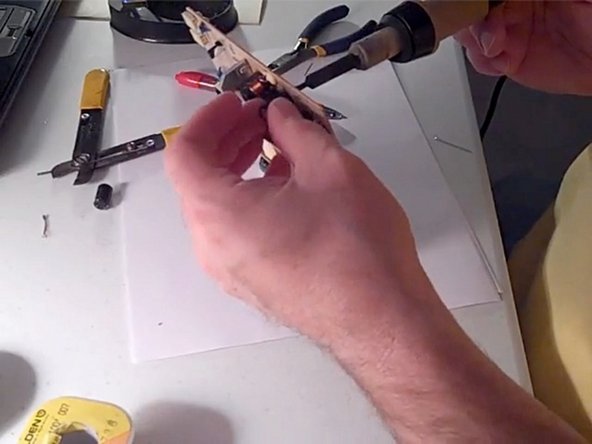crwdns2935425:03crwdne2935425:0






-
Identifying bad capacitors is fairly simple. Start with a search for images of bad capacitors to see what they look like.
-
If one capacitor has failed, there is a good chance the ones around it will fail, or may have partially failed. They were manufactured around the same time. Also, when a component fails, the rest of the circuit can be damaged by the electrical stress.
-
Doing them all at the same time is fairly easy.
-
New capacitors cost a few cents.
-
Each capacitor is coded on the side with:
-
Manufacturer and/or Product (Green box in the image)
-
Red box: Capacity (micro Farads); Blue box: Voltage (V); Yellow circle: Temperature Rating (C)
-
Notice also how the capacitor on the right has obviously "blown out".
crwdns2944171:0crwdnd2944171:0crwdnd2944171:0crwdnd2944171:0crwdne2944171:0